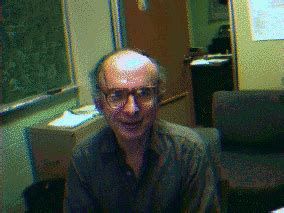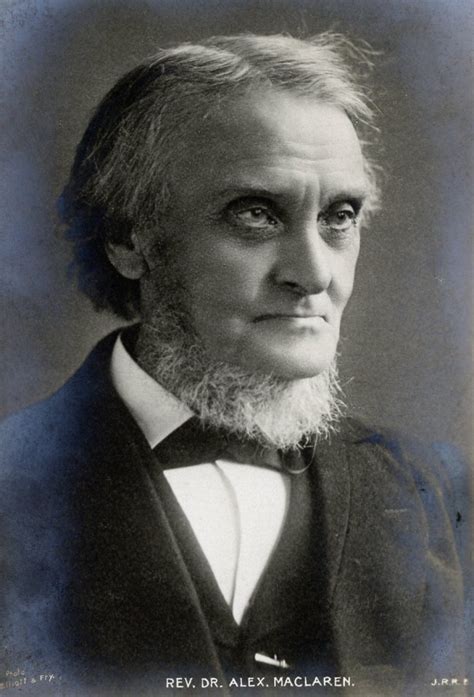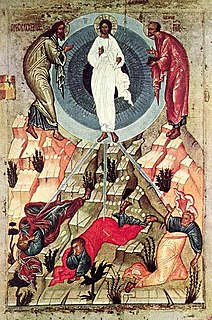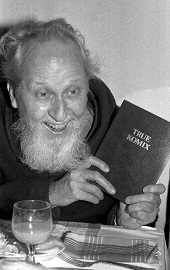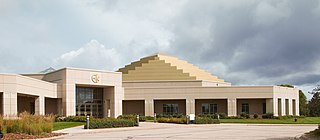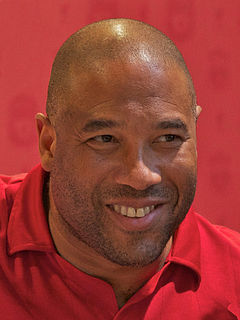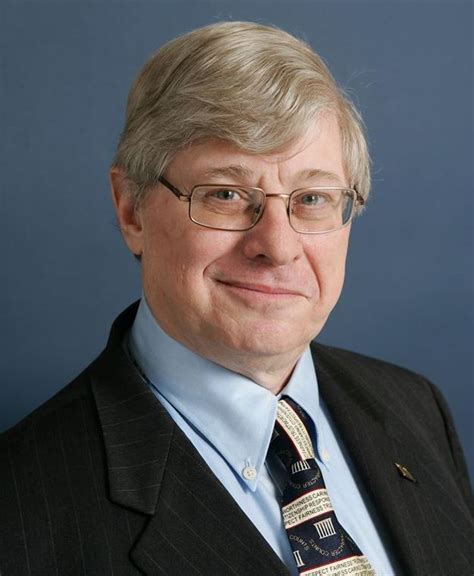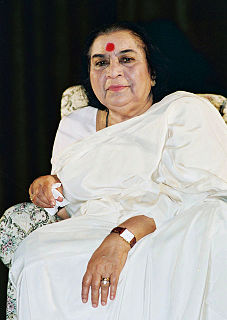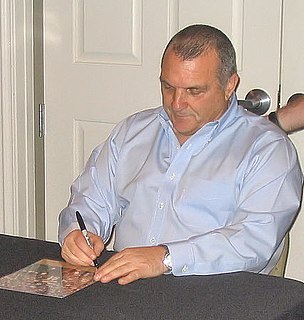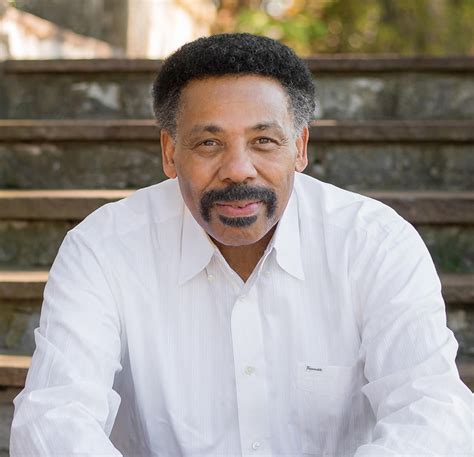Top 24 Quotes & Sayings by Hans Christian von Baeyer
Explore popular quotes and sayings by Hans Christian von Baeyer.
Last updated on December 18, 2024.
If the intensity of the material world is plotted along the horizontal axis, and the response of the human mind is on the vertical, the relation between the two is represented by the logarithmic curve. Could this rule provide a clue to the relationship between the objective measure of information, and our subjective perception of it?
For generations, field guides to plants and animals have sharpened the pleasure of seeing by opening our minds to understanding. Now John Adam has filled a gap in that venerable genre with his painstaking but simple mathematical descriptions of familiar, mundane physical phenomena. This is nothing less than a mathematical field guide to inanimate nature.
